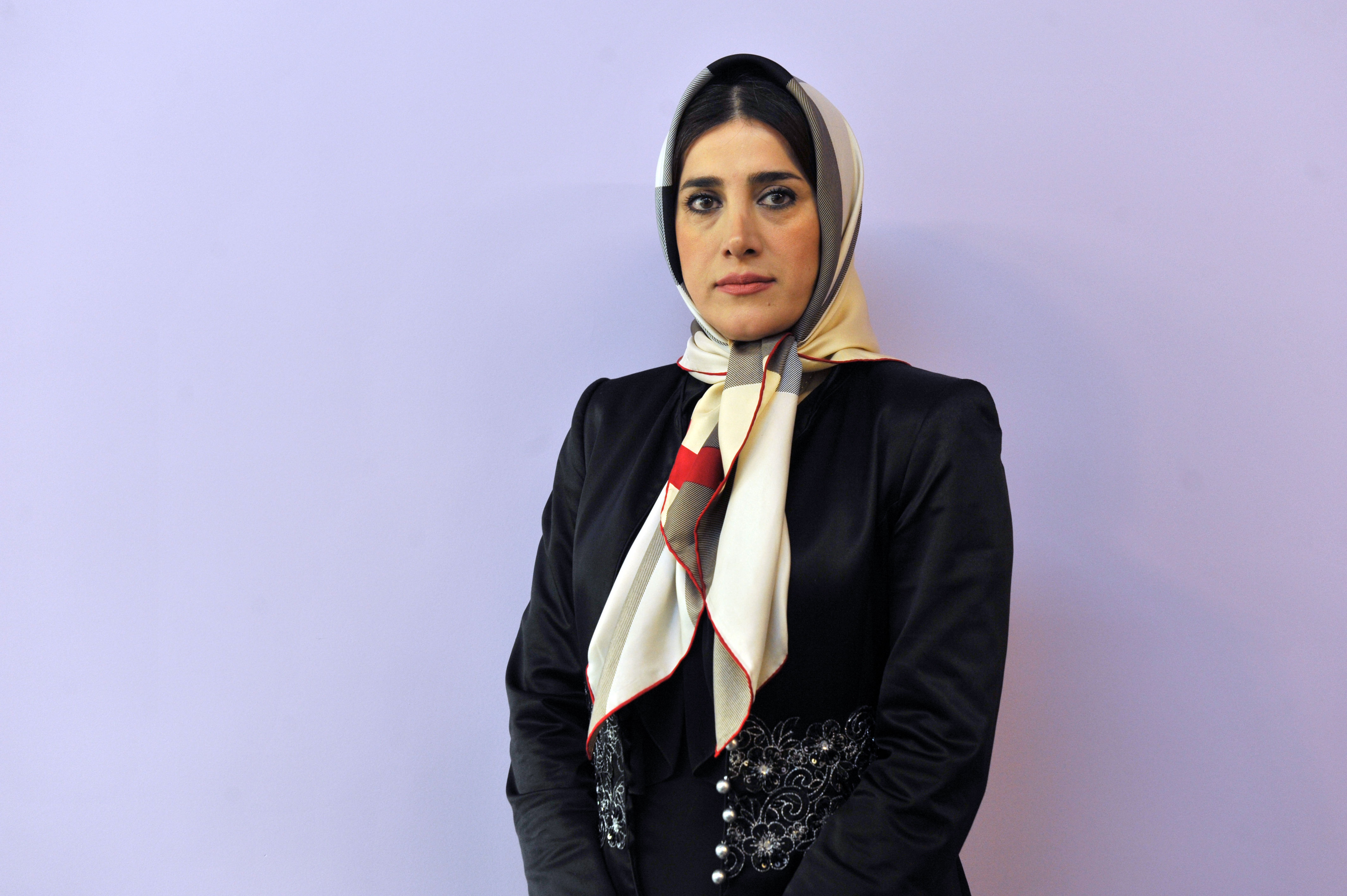Persian Calligraphy: A Capital Market for All Seasons

TEHRAN – (Iranart) - More and more investors in the world are looking at the art market as an alternative to traditional investment assets. At the same time, numerous academic studies have tried to ascertain the returns for art over the years. The question is how come this is not happening in Iran, why not many so many people invest in art?
Perhaps though, not many people realize that Iranian art can appreciate over the years. Perhaps, a key part of the investment return is that part that cannot be measured – in this case, the enjoyment one gets from collecting and owning art. Whatever this is, art market is a lucrative business across the globe. True, buying art, like any other investment, requires taking on risks. Yet art buyers determine their tastes and preferences and set a budget, which doesn't have to be millions of dollars.
That said, one of the thriving art markets in recent years has been Persian calligraphy, one of the most revered arts throughout history of Iran. It has made fortunes for its creators and owners in local and international markets.
For instance, in April 2017, two calligraphy works by Master Shahrokh Moshkin Ghalam sold for 40,000 pounds and 6,250 pounds at the Christie’s. Same year at the Sotheby’s, a calligraphy work by Salim Neishabouri, titled Yousef and Zoleikha sold for 87,500 British pounds, followed by Ghias Ghasemi’s work for 12,500 pounds and Mohammad Kermani’s work for 12,500 pounds.
Same thing happened in several Tehran auction events. Mir Emad Hassani’s calligraphy work sold for 600 million tomans at the Baran Auction. It was followed by Mohammad Hossein Shirazi’s work for 420 million tomans and a handwritten Quran from the Qajari era for 200 million tomans.
It is important to keep in mind that Persian calligraphy and art sell so well at world auctions. They have even made their ways into prestigious museums. It means what it means. Persian calligraphy at art fairs lures in buyers and it doesn’t take on risks. Of course, buying Persian calligraphy work, like any other investment, requires taking on risks. New art buyers can easily work out what their budget is, what they are looking for, and try to stick to that.
The myths about investing in Persian art have always kept the average person in Iran from entering this potentially lucrative venture. Investing in art is not just for the rich. These are all legitimate concerns, but they can be quickly broken down with a bit of research and knowledge – as well as help from the media.
The point is, it is feasible to earn a profit from investing in Persian calligraphy and art. The price of art has always risen over the years. Recent years have shown a consistent rise. These kinds of returns have the investment market very interested.
The burden now is on the media to shed light on the importance of Iranian art market and the fact that there are many types of art a new investor might explore, including Persian calligraphy. There is something for everyone, no matter their level of expertise and budget. All they need to do is research the artist and the artwork and investigate the dealer, including auctions, galleries and art fairs.
Not only can Persian calligraphy enhance your home décor and evoke powerful emotions, it can also appreciate in value simply by hanging on your living room wall. It can further bring in foreign capital, all while promoting Islamic-Iranian art the world over.
Mahboubeh Kazemi Doulabi, Taraneh Baran Gallery owner


